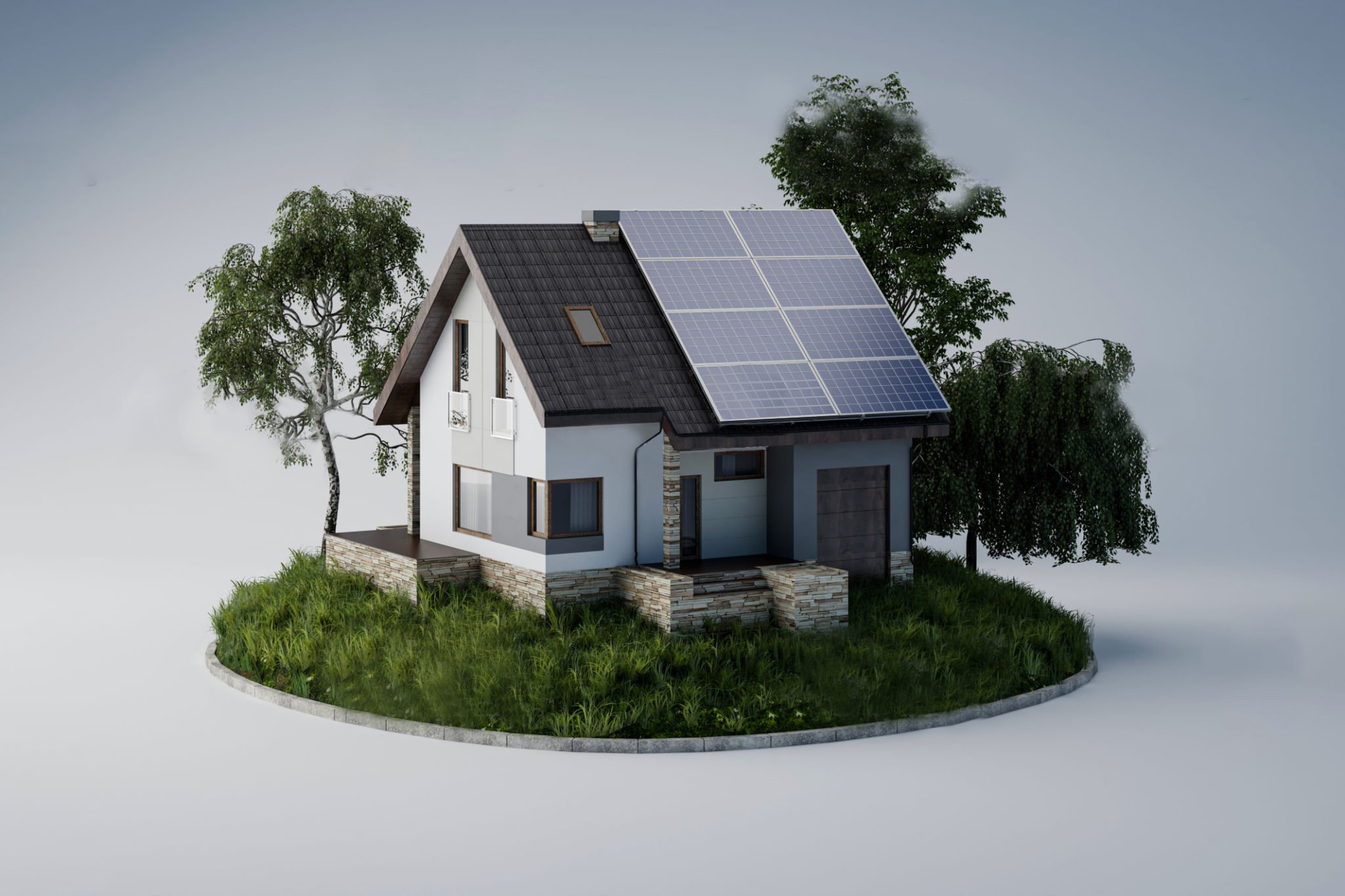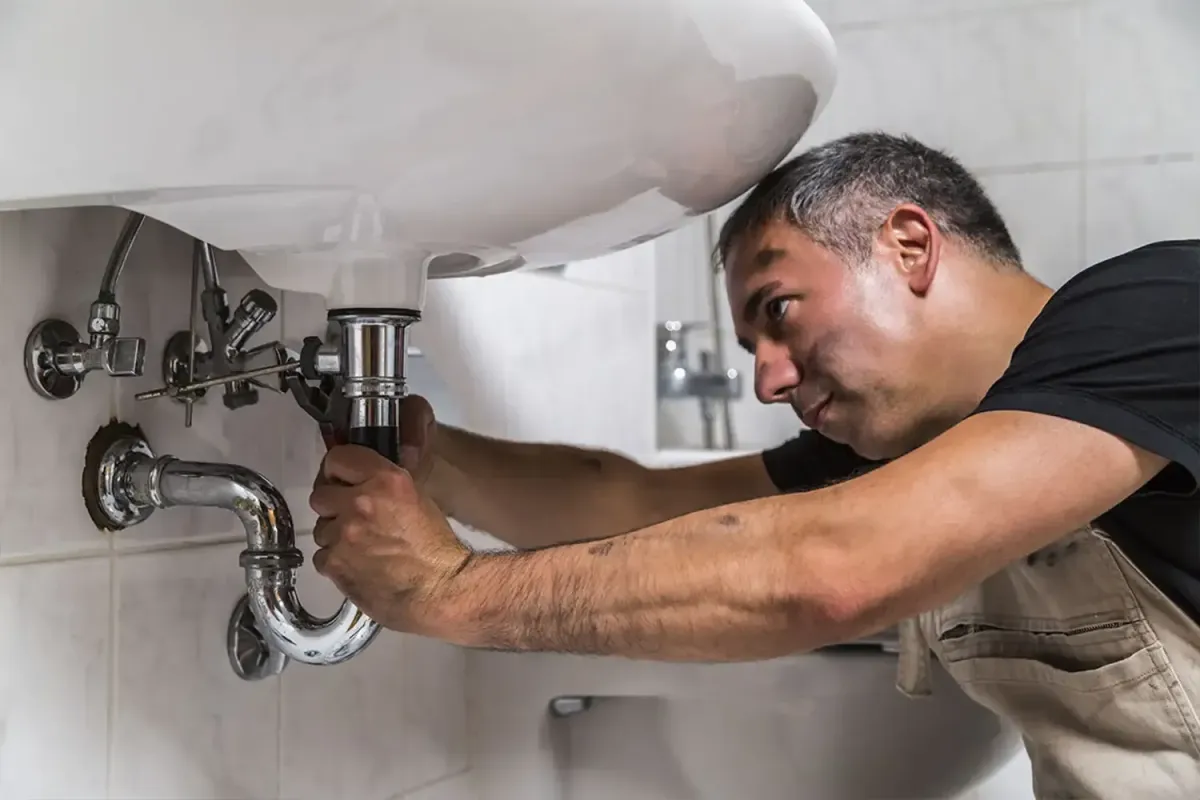
How Many Homes in Germany Are Built with Sustainable Materials?
Germany is a global leader in sustainability, so it's no surprise that sustainable building materials are becoming a major trend in the country's housing market. But how many homes in Germany are actually built with sustainable materials? Let’s dive into the numbers.
The Numbers: Sustainable Homes in Germany
As of 2024, approximately 18% of new homes in Germany are constructed using predominantly sustainable materials, according to recent studies. This accounts for about 54,000 homes per year, considering that roughly 300,000 new homes are built annually. While this percentage might not seem huge at first glance, it represents a steady increase from just 10% a decade ago.
In terms of existing homes, about 12% of Germany’s total housing stock (around 4.4 million homes) incorporates sustainable materials through retrofitting or renovation. This is significant progress, given that Germany has a total housing stock of approximately 37 million homes.
Why Sustainable Materials Are Trending in Germany
The shift towards sustainable materials is driven by several factors:
Stringent Regulations: The German government has been a pioneer in green building policies. Regulations like the Energy Efficiency Act (Energieeffizienzgesetz) encourage the use of eco-friendly materials and energy-efficient designs.
Rising Awareness: Homeowners are increasingly aware of the environmental impact of traditional construction materials like concrete and steel. Sustainable alternatives, such as timber, recycled materials, and hempcrete, are gaining popularity.
Cost Savings: Sustainable homes are not just good for the planet—they’re good for the wallet. Materials like bamboo and straw bale are cost-effective, and energy-efficient designs reduce heating and cooling bills.

Key Sustainable Materials Used in German Homes
Here’s a look at some of the most common sustainable materials and their benefits:
Timber: Germany is a major producer of sustainably harvested timber. Wood-frame houses are not only eco-friendly but also offer excellent insulation. About 25% of new sustainable homes in Germany use timber as a primary material.
Recycled Materials: Reclaimed bricks, tiles, and metals are widely used. Over 15% of sustainable homes incorporate recycled materials.
Hempcrete: Made from hemp fibers, lime, and water, hempcrete is lightweight, breathable, and has impressive thermal properties. It’s gaining traction in Germany, especially for insulation.
Straw Bale: Used as a wall material, straw bales are cheap, renewable, and highly insulating. Around 8% of new sustainable homes include straw bale construction.
The Environmental Impact of Sustainable Building
Switching to sustainable materials significantly reduces the carbon footprint of construction. For example:
Concrete vs. Timber: Producing 1 ton of concrete emits approximately 900 kg of CO₂, while using timber can actually result in net carbon storage, as trees absorb CO₂ during growth.
Recycled Steel: Recycling steel saves up to 74% of the energy compared to producing new steel.
If every new home in Germany used sustainable materials, the construction sector could cut its carbon emissions by up to 40%, contributing massively to the country’s climate neutrality goal for 2045.
Costs of Building with Sustainable Materials
One common misconception is that sustainable homes are significantly more expensive. In reality:
Building a standard sustainable home in Germany costs about €2,000–€2,400 per square meter, compared to €1,800–€2,200 for conventional homes. The slightly higher upfront cost is often offset by long-term savings on energy bills.
Homes using timber or hempcrete can save up to €1,500 annually on heating and cooling costs due to better insulation.

Challenges in Sustainable Construction
While the benefits are clear, there are challenges:
Supply Chain Issues: The demand for materials like sustainably sourced timber sometimes outpaces supply, leading to higher costs.
Skilled Labor: Construction with unconventional materials like hempcrete requires specialized training, which is still limited in Germany.
Initial Costs: Although the long-term savings are significant, the higher upfront costs deter some homeowners.
Germany’s Goals for Sustainable Housing
The German government has ambitious goals to increase the number of sustainable homes:
By 2030, the target is for 30% of new homes to use sustainable materials.
Subsidies and tax incentives, like the KfW Energy-Efficient Home Program, are helping homeowners and builders transition to greener practices.
Visualizing the Future: Sustainable Housing Growth
Chart: Growth in Sustainable Housing in Germany (2015–2024)

The trend shows a steady increase, and if this growth continues, Germany could see over 25% of new homes built with sustainable materials by the end of the decade.
What Can Homeowners Do?
If you’re a homeowner in Germany looking to make your property more sustainable, here are some tips:
Retrofit with Eco-Friendly Materials: Insulate your home with recycled materials or install wooden cladding.
Energy Efficiency Upgrades: Pair sustainable materials with energy-efficient technologies like solar panels.
Explore Subsidies: Check for government incentives to offset costs.
Conclusion
Sustainable housing is not just a passing trend in Germany—it’s becoming a key part of the country’s commitment to a greener future. With 18% of new homes already using eco-friendly materials and significant growth on the horizon, the future of German housing is looking bright—and green.
Whether you’re building a new home or renovating an old one, embracing sustainable materials is a win-win for the planet and your wallet. Let’s keep building a better future, one green home at a time!






